Reading time: 17 minutes
Imagine living off-grid without sacrificing modern connectivity. Starlink internet, is transforming off grid living by delivering reliable, high-speed internet to even the most isolated locations.
Have you ever dreamed of living off-grid, away from the hustle and bustle of city life? Maybe you envision a cozy cabin nestled in the wilderness or a remote abandoned farm in Spain?
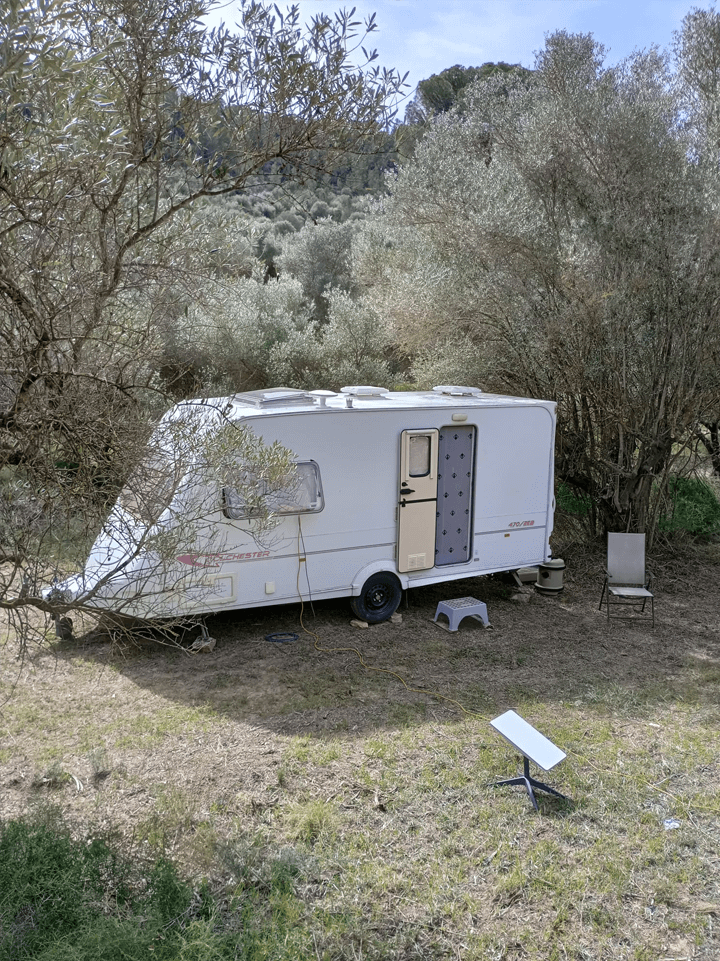
While off-grid living offers the appeal of independence and sustainability, one challenge that often arises is the lack of reliable internet connectivity.
However, with the advent of Starlink, a satellite internet constellation launched by SpaceX, this may no longer be an issue., at least not for us.
In this article, we will explore the possibilities of using Starlink internet for off-grid living and how it can revolutionize the way we stay connected in remote areas.
Starlink Internet for Off Grid Living
Living off-grid means being completely independent of traditional utilities such as electricity and water supply. It requires relying on renewable energy sources, like solar or wind power, and finding alternative solutions for everyday necessities.
However, one aspect that many off-gridders struggle with is internet access.
Standard internet providers often do not extend their services to remote areas, leaving those seeking a self-sustainable lifestyle disconnected from the online world.
This is where Starlink comes in!
Satellite Internet
Starlink is a satellite internet network that aims to provide global coverage, including those hard-to-reach areas that traditional providers overlook.
With its constellation of low Earth orbit satellites, Starlink promises high-speed, low-latency internet access, even in the most remote regions.
This means that individuals and communities living off-grid can now have access to reliable internet connectivity, allowing them to stay connected, work remotely, access educational resources, and enjoy the benefits of modern technology, all while enjoying the peace and serenity of off-grid living.
In the upcoming sections, we will dive deeper into the specifics of Starlink and how it works.
We will explore its advantages and potential limitations for off-grid living and discuss the steps you can take to get connected.
Whether you are an off-grid enthusiast, a digital nomad looking for alternative living options, or simply curious about the possibilities of Starlink, this article will provide you with valuable insights and practical information.
So, let’s embark on this journey together and explore the exciting world of Starlink connectivity for off-grid living.
What is Starlink Internet?
Introduction to Starlink
Starlink Connectivity is a revolutionary satellite internet service provided by SpaceX, a private aerospace manufacturer founded by Elon Musk.
It aims to provide high-speed internet access to areas where traditional internet providers are unavailable or unreliable, including remote and off-grid locations.
With the deployment of a constellation of thousands of small satellites in low Earth orbit, Starlink promises to bridge the digital divide and connect the world like never before.

The pretty dog is Kala 🙂
How Starlink Internet Works
Starlink operates by creating a network of interconnected satellites that orbit the Earth at an altitude of around 550 kilometers (Low orbit satellite grid).
These satellites are strategically positioned to provide coverage to different parts of the globe.
Users on the ground can access the internet by installing a satellite dish, called the Starlink terminal, which communicates with the satellites.
When you connect to Starlink, your requests are transmitted through the dish to the nearest satellite in the constellation.
The signal then travels through the satellite network and is transferred to a ground station, which is connected to the internet backbone.
This data routing process allows users to access the internet at high speeds, similar to traditional wired connections.
Starlink Internet Benefits for Off Grid Living
Off-grid living refers to residing in an area that is not connected to public utilities, such as electricity and water supply, and typically requires self-sufficiency in terms of power generation and resource management. In such situations, reliable internet access can be challenging to obtain.
However, Starlink offers several notable benefits for off-grid living:
• Global Coverage: Starlink’s satellite network aims to provide coverage to even the most remote areas of the world. For off-grid residents, this means the possibility of accessing high-speed internet regardless of their location.
• Low Latency: Latency, or the delay in data transmission, is a crucial factor for internet use. Starlink’s low Earth orbit satellites result in significantly reduced latency compared to traditional satellite internet. This is advantageous for tasks such as real-time communication, video conferencing, and online gaming.
• High Bandwidth: Starlink’s satellite network has the potential to deliver high-speed internet connections, with speeds comparable to traditional wired connections in urban areas. This ensures off-grid users can enjoy fast and reliable internet access for activities like streaming media, online learning, and remote work.
• Reliability: Traditional internet options for off-grid living, such as satellite internet, can be prone to interruptions due to weather conditions. Starlink’s vast satellite constellation reduces the impact of weather-related disruptions, improving overall reliability.
Understanding Off-Grid Living
Definition of Off-Grid Living
Off-grid living refers to a lifestyle in which individuals or communities choose to operate independently from public utilities and services.
This typically involves generating one’s own power through renewable energy sources like solar panels or wind turbines, relying on alternative methods for water supply and waste management, and adopting sustainable practices to reduce reliance on external resources.
Advantages and challenges of Off-Grid Living
Off-Grid Living Offers Several Advantages, Including:
• Self-Sufficiency: Off-grid living allows individuals to become more self-reliant by producing their own energy and managing their resources efficiently.
• Environmental Sustainability: By minimizing reliance on public utilities, off-grid living reduces the carbon footprint and promotes sustainable living practices.
• Reduced Expenses: Once the initial setup costs are covered, off-grid living can result in significant savings on utility bills.
However, off-grid living also poses certain challenges, including:
• Initial Investment: Transitioning to an off-grid lifestyle can require a significant upfront investment in infrastructure and technology.
• Maintenance and Upkeep: Maintaining and operating the systems necessary for off-grid living can be time-consuming and require ongoing maintenance.
• Limited Resources: Living off-grid may require careful management of resources such as water, food, and fuel.
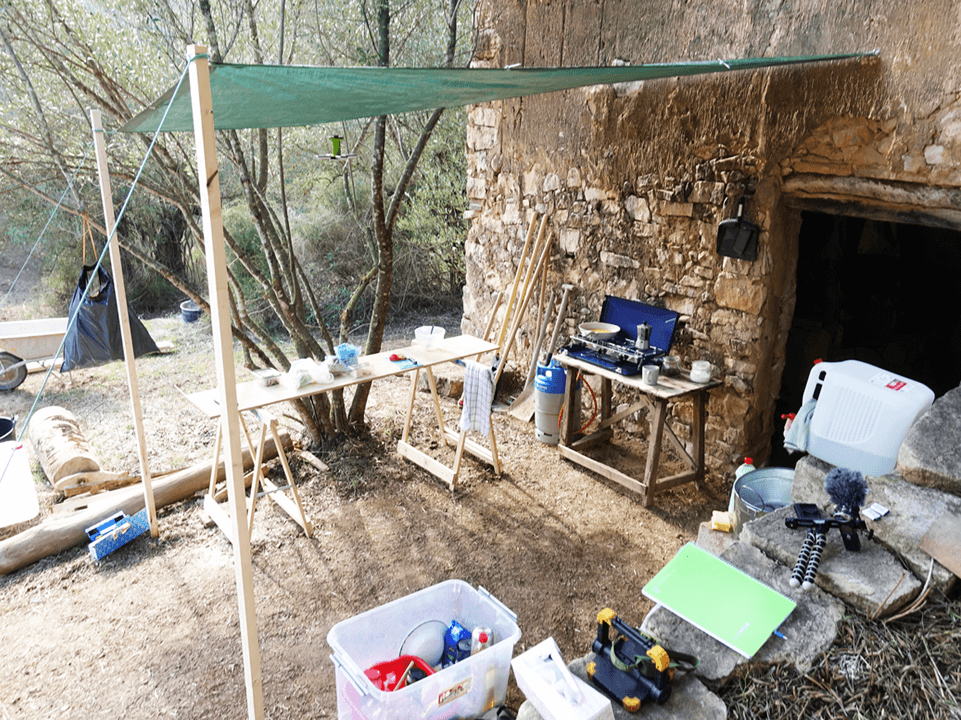
Learn more about the abandoned land we bought in Spain.
Why People Choose Off-Grid Living
Many individuals and communities choose off-grid living for various reasons, including:
• Sustainability: Off-grid living aligns with a desire to reduce environmental impact by minimizing reliance on fossil fuels and embracing renewable energy sources.
• Self-Reliance: Off-grid living allows individuals to regain control over their basic needs and become less dependent on external services and systems.
• Privacy and Freedom: Off-grid living offers the opportunity to enjoy privacy and freedom in choosing one’s lifestyle without being subject to external regulations and restrictions.
• Resilience and Preparedness: Living off-grid can provide a sense of security in the face of potential disruptions to public utilities, such as power outages or natural disasters.

Learn more about us and understand why we`re living off grid.
Can Starlink be Used for Off-Grid Living?
Availability of Starlink in Remote Areas
One of the main advantages of Starlink Connectivity for off-grid living is its potential to reach even the most remote locations.
Traditional internet options, such as wired connections or cellular networks, often require infrastructure that may not be feasible or economically viable in sparsely populated or geographically challenging areas.
Starlink’s satellite network, on the other hand, is designed to provide coverage to areas where internet access is currently limited or non-existent.
Requirements for Using Starlink Gff-Grid
To use Starlink off-grid, the key requirement is a clear line of sight between the satellite dish and the sky. This means that any obstructions, such as trees or buildings, may interfere with the signal and impact the quality of the connection.
Additionally, there must be access to sufficient power to operate the Starlink terminal and ensure a reliable internet connection.
Starlink Internet Technical Considerations
When setting up Starlink for off-grid living, it is essential to consider several technical aspects:
• Power Supply: Off-grid locations typically rely on alternative power sources, such as solar, wind, or diesel generators. It is crucial to ensure a stable and continuous power supply to the Starlink terminal to maintain a reliable internet connection.
• Line of Sight: The Starlink satellite dish requires an unobstructed view of the sky to establish a connection with the satellites. Assessing the placement of the dish to avoid any interference is crucial for optimal performance.
• Antenna Elevation: Depending on the latitude of the off-grid location, the Starlink dish may need to be elevated at a steeper angle to maintain a constant connection with the satellites. This may require modifications or additional equipment during the installation process.
(Image)
Exploring Starlink Internet for Off-Grid Living
Setting up Starlink for Off-Grid Living
When selecting a Starlink package for off-grid living, it is important to consider the specific needs and requirements of the location.
This includes factors such as the number of users, desired internet speeds, and expected data usage.
Starlink offers different plans with varying speeds and data limits, allowing users to choose a package that best suits their off-grid lifestyle.
Installation Process
The installation process for off-grid Starlink internet is relatively straightforward.
It involves mounting the satellite dish at an appropriate location with an unobstructed view of the sky, connecting the dish to the Starlink terminal, and powering the terminal using the available power source.
Once the hardware is set up, the Starlink terminal will automatically establish a connection with the satellite network, and users can begin accessing the internet.
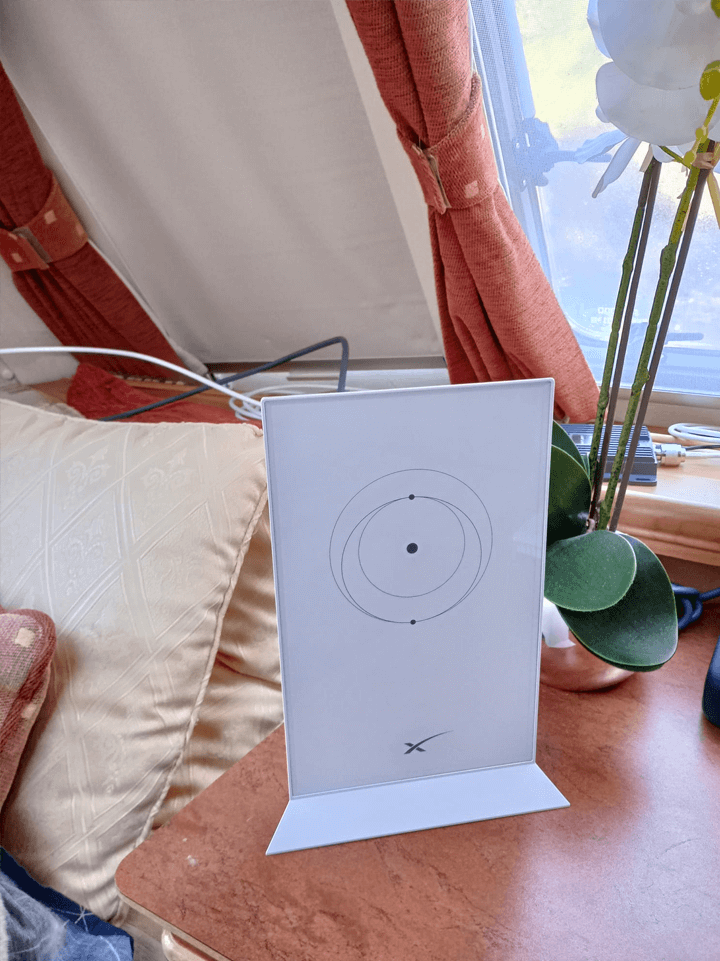
Reliable Power Supply
For off-grid users, ensuring a reliable power supply is crucial to maintaining uninterrupted Starlink connectivity. This often involves the integration of renewable energy sources, such as solar panels or wind turbines, with energy storage systems like batteries. The power system must be properly sized to meet the energy demands of both the off-grid residence and the Starlink terminal.

Maximizing Starlink Connectivity in Off-Grid Situations
Optimizing Starlink Antenna
To maximize Starlink connectivity in off-grid locations, careful consideration should be given to the placement of the satellite dish.
It is important to choose a location that provides a clear line of sight to the sky, avoiding any potential obstructions.
In some cases, raising the elevation of the dish or using a taller mounting pole may be necessary, especially at higher latitudes where the satellites are closer to the horizon.
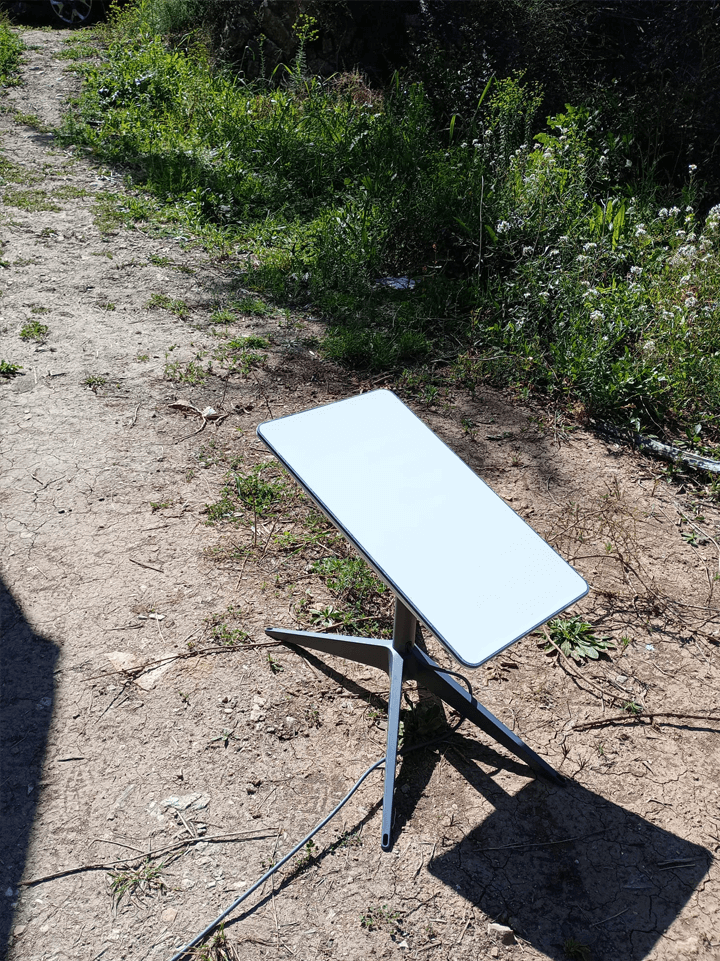
Using Signal Boosters
In certain off-grid situations where the satellite dish is located far from the point of internet use, signal boosters or range extenders can help improve the overall connectivity.
These devices amplify or extend the Wi-Fi signal from the Starlink terminal, allowing users to access the internet from greater distances within their off-grid premises.
Overcoming Obstacles
Off-grid living often comes with unique challenges and potential obstacles that may affect Starlink connectivity.
These include obstructions like trees or buildings that can block the signal, interference from surrounding devices or wireless networks, and variations in weather conditions.
Addressing these obstacles may require strategic dish placement, signal shielding, or the use of specialized equipment designed to overcome interference and maintain a stable connection.
Starlink vs Traditional Satellite Internet
Pros and Cons of Starlink
Traditional satellite internet, often used for off-grid connectivity, has limitations in terms of latency, bandwidth, and reliability.
Starlink Connectivity offers several advantages over traditional satellite internet, including lower latency, higher bandwidth, and global coverage.
However, it is important to consider installation and equipment costs, as well as ongoing service fees when comparing the two options.
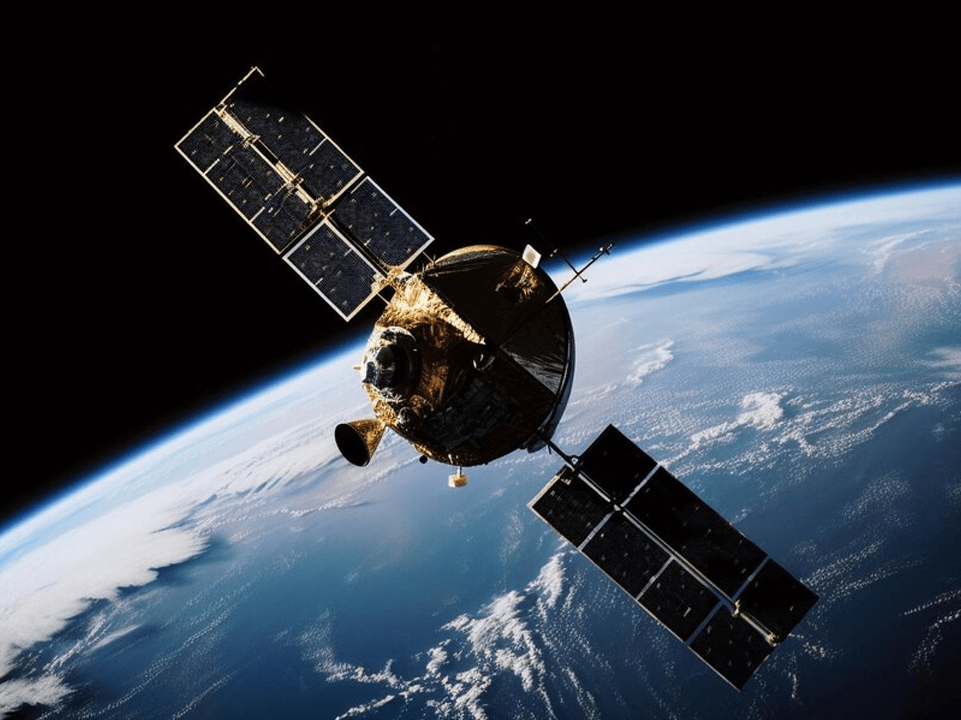
Starlink Compared to Cellular or Wi-Fi
Cellular or Wi-Fi solutions for off-grid living often require proximity to cell towers or network coverage, which can be challenging in remote or geographically isolated areas.
Starlink’s satellite network, on the other hand, provides global coverage and is not limited by the availability of terrestrial infrastructure.
This makes Starlink a more viable solution for off-grid living in areas where cellular or Wi-Fi connectivity is limited or nonexistent.
Cost Comparison of Starlink and Other Solutions
The cost of off-grid connectivity can vary depending on the specific location and the chosen solution.
Traditional satellite internet generally requires upfront equipment costs and monthly service fees, which can add up over time.
Starlink requires an initial investment in equipment, including the satellite dish and terminal, but the service fees are competitive with traditional satellite internet providers.
It is important to consider the long-term costs and benefits when comparing Starlink with other off-grid connectivity options.
Starlink Internet Testimonials from Off-Grid Users
Case studies from Off-Grid Users
Starlink’s potential for off-grid connectivity is already being realized in various locations around the world.
For example, remote research facilities in the Arctic that were previously limited by slow or unreliable internet connections have reported significant improvements in connectivity after adopting Starlink.
Similarly, rural communities and off-grid homesteads have been able to access fast and reliable internet for education, business, and communication purposes.
Testimonials from Off-Grid Users
Off-grid residents who have adopted Starlink connectivity have praised its impact on their daily lives.
Many have reported being able to work remotely, access online resources, and stay connected with loved ones, which was previously challenging or impossible.
The improvement in communication and access to information has also contributed to a greater sense of connectedness with the broader world.
Communities or Organizations
Starlink’s potential extends beyond individual off-grid residents. Communities and organizations that are involved in off-grid projects, such as disaster relief efforts or developing sustainable communities, can benefit from Starlink’s connectivity.
By providing reliable internet access, Starlink enables collaboration, data sharing, and access to vital information in off-grid settings, enhancing the effectiveness and impact of such projects.
Limitations of Starlink Internet for Off Grid Living
Weather Related Problems
While Starlink’s satellite network is designed to minimize the impact of weather-related disruptions, severe weather conditions such as heavy rain or snowstorms can still affect the quality of the connection. In such cases, users may experience temporary outages or reduced speeds until the weather conditions improve.
Data Usage and Speed
As with any internet service, Starlink has data usage and speed limitations that users must be aware of. While Starlink offers high-speed internet connections, the total available bandwidth is shared among users in a given area.
During times of high demand, such as peak usage hours, the available speeds may decrease. Additionally, Starlink imposes data caps on certain plans, meaning users may face reduced speeds after exceeding their allocated data limits.
Potential Future Improvements
As Starlink’s satellite network continues to expand and evolve, there are several potential developments and improvements that may benefit off-grid users.
These include the deployment of more satellites to increase coverage and capacity, advancements in antenna technology to improve signal reception, and the implementation of adaptive routing algorithms to optimize data transmission in off-grid locations.
Concerns About Starlink Internet for Off-Grid Living
Health and Safety
Some individuals have expressed concerns about the potential health and safety implications of living in close proximity to Starlink’s satellite network.
However, the electromagnetic radiation emitted by the satellites is considered to be within safe limits and is similar to that of other satellite internet systems.
Additionally, Starlink takes measures to minimize interference with other astronomers’ observations and reduce the visual impact of the satellite constellation.
Privacy and Security
Privacy and security are valid concerns when using any internet service, including Starlink. As with any network-connected device, users should take precautions, such as using secure passwords, enabling encryption, and keeping software up to date, to protect their privacy and data.
Additionally, using a virtual private network (VPN) can further enhance security and privacy when accessing the internet via Starlink.
Starlink for Off Grid Living: Frequented Asked Questions
Can I use Starlink off-grid anywhere in the world?
Starlink aims to provide global coverage, including remote and off-grid areas. However, the availability and feasibility of Starlink service may vary based on the specific location and geographical challenges.
Is Starlink suitable for all types of off-grid living?
Starlink can be a viable solution for many off-grid living situations, but it is important to consider factors such as power requirements, line of sight, and potential obstacles that may affect connectivity.
What are the costs associated with off-grid Starlink connectivity?
The costs of off-grid Starlink connectivity include the initial investment in equipment, such as the satellite dish and terminal, as well as monthly service fees. It is important to compare these costs with other off-grid connectivity options to determine the most suitable solution.
Can I rely on Starlink for essential off-grid services?
While Starlink offers reliable internet connectivity, it is important to have backup solutions in place for essential off-grid services. This may involve redundant power systems, alternative communication methods, or contingency plans in the event of service outages.
Conclusion
In conclusion, Starlink internet holds significant promise for off grid living by providing a reliable and high-speed internet connection to even the most remote locations.
With its global coverage, low latency, and high bandwidth, Starlink offers off-grid residents the opportunity to stay connected, access online resources, and enjoy the benefits of a connected world.
While there are considerations and limitations, such as weather-related disruptions and data usage caps, Starlink continues to evolve, with the potential for further advancements and enhancements in the future.
As technology advances and the Starlink satellite network expands, the potential for off-grid communities to thrive and become increasingly interconnected with the world is within reach.
That’s it for this article. Did you like it?
Leave your comment or suggestion below. I love responding to all comments and I always do it personally.
Talk to you soon 🙂
P.S. If you would like to help us build our dream home, you can do it here. Or if you would like to help us continue recording videos, you can do it here. Either way, your support is very much appreciated.

Permalink
Hello Ricardo. I live in the middle of nowhere and starlink is 100x faster than my next best option. I can online game while watching a YouTube video while my wife FaceTimes and streams a movie while my daughter is also on her phone. The service is awesome! Well recommended.
Permalink
Hello Peter. I know what you are talking about. With starlink I can work only, while my wife is watching Netflix, and there is not a single drop in speed. Thank you for your comment!
Permalink
Rural or not, what matters is the availability of communications. I would not consider myself to be “really rural” other than the fact that at my location Starlink is the only low-latency internet service as there is none off-grid providers. Great content, Ricardo!
Permalink
Hello Aleix. I totally agree with you. Starlink was not the only solution for us, but also the only solution with low-latency. Thank you for your comment!